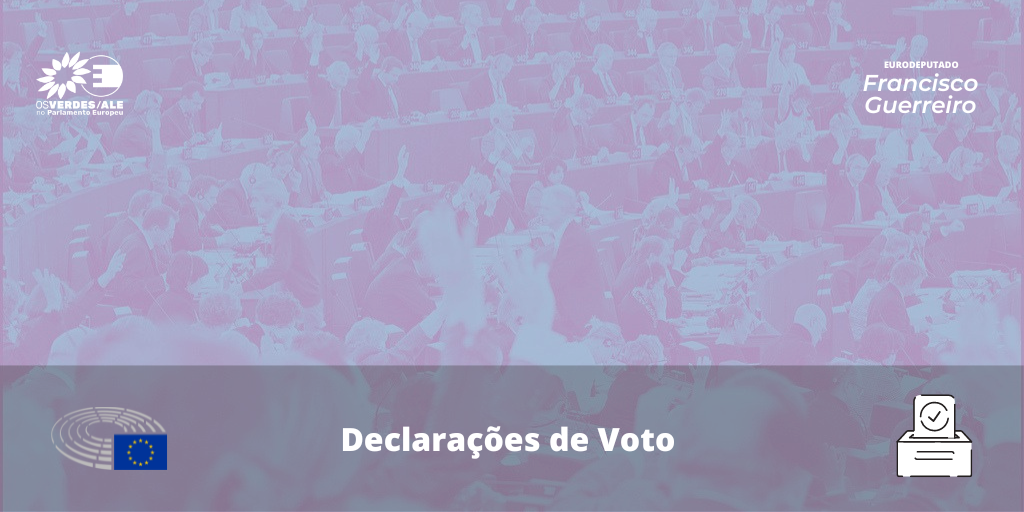
Question to the EC: Animal experiments: additional breeding of animals
See the joint question by MEPs Francisco Guerreiro (Greens/EFA), Eleonora Evi (NI), David Cormand (Greens/EFA), Sirpa Pietikäinen (EPP), Petras Auštrevičius (Renew), Tilly Metz (Greens/EFA), Anja Hazekamp (GUE/NGL), Pascal Durand (Renew) to the European Commission and the written answer on animal experiments and additional breeding of animals.
Subject: Animal experiments: additional breeding of animals
According to the Commission report of 7 February 2020 on the implementation of Directive 2010/63/EU on the protection of animals used for scientific purposes in the Member States, in addition to the 10.9 million reported uses of animals, 12⁰597⁰816 animals were bred and killed, but not used in procedures.
This means that in 2017, a total of 23.5 million animals were killed for scientific purposes across the EU.
Can the Commission explain how it is reducing the number of animals being bred for scientific purposes but not used in procedures?
Answer in writing
Directive 2010/63/EU on the protection of animals used for scientific purposes(1) regulates the breeding of animals for scientific purposes and requires that the principle of the Three Rs(2) is applied in all activities covered by its scope. The directive has been transposed into national legislation and Member States are responsible for its enforcement.
To ensure that a sufficient number of suitable animals are available to meet scientific demand, more animals are bred than used. Even if the fluctuation in demand impacts most on the number of animals killed and not used, the total figure also covers animals killed:
— For organs/tissues;
— At the end of their breeding life;
— On welfare grounds;
— To protect the health/scientific integrity of the colony; and,
— As being unsuitable for an intended scientific purpose.
A good oversight of breeding programmes and the systematic application of the principle of the Three Rs are essential to minimise surplus animals. The Commission discusses this topic regularly with Member States.
Within each establishment, an Animal Welfare Body provides advice on the Three Rs, and a review of breeding programmes should form part of national inspection system.
The Commission services together with experts from Member States and main stakeholders organisations have developed several guidance documents(3) in which efficient breeding programmes are highlighted not only from the perspective of animal breeders but also those overseeing the work (designated veterinarians, inspectors). This facilitates a continued focus, by all concerned, on minimising potential surplus.
The Commission services are developing guidance on genetically altered animals. It will include further advice on how surplus can be addressed.
(1) OJ L 276 20.10.2010, p. 33.
(2) T o Replace, Reduce and Refine the use of animals for scientific purposes.
(3) https://ec.europa.eu/environment/chemicals/lab_animals/pubs_guidance_en.htm










ParlTrack - Francisco Guerreiro considered one of the most productive MEPs
Monday, 01 July 2024
The analytical website ParlTrack has recorded all the parliamentary actions of MEPs during the 2019-2024 term, considering Francisco Guerreiro one of the most productive.READ MORE